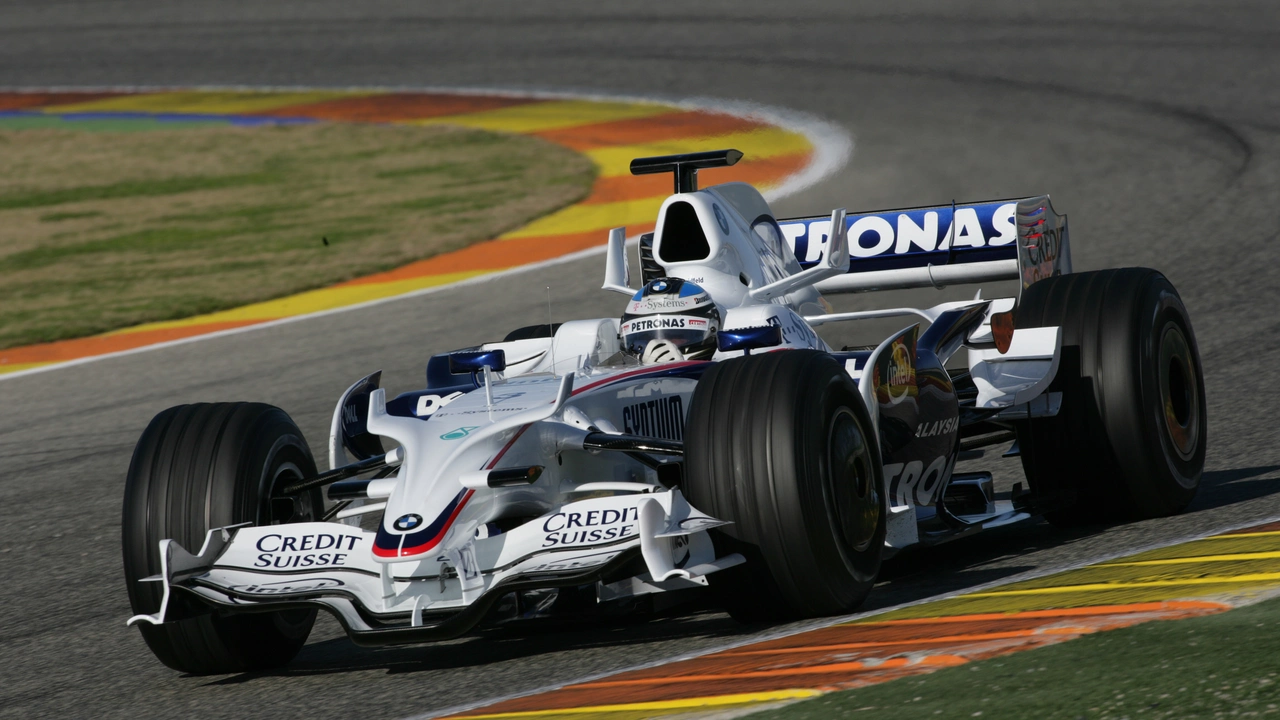Reasons Explained: Quick Answers for Motorsport Fans
Ever catch yourself wondering why a race track feels so bumpy, or why drivers spend hours in a simulator? You’re not alone. Below we break down the most common "why" questions that pop up on forums, in videos, and—yes—on the tag page named reasons. Each answer is short, practical, and backed by what real fans and experts actually say.
Why are racing tracks built the way they are?
Tracks aren’t just a stretch of pavement. Most circuits use a mix of asphalt, concrete, and sometimes clay or dirt, depending on the series. Asphalt gives a smooth, high‑grip surface that lets cars corner at speed, while concrete sections can handle the extra stress of heavy brakes. Dirt or clay shows up in rally and off‑road events because they add sliding challenges that test driver skill. The material choice isn’t about hurting racers—it’s about balancing speed, safety, and cost.
Safety crews also layer the surface with rubberized barriers and tire walls. Those layers absorb impact, so even if a car hits hard, the track itself isn’t the main danger. In short, the track’s makeup is a blend of performance and protection, not a hidden trap for drivers.
Why do professional drivers practice so often?
Pro drivers treat practice like a daily workout. They hit the track for real‑world laps, then jump into simulators to fine‑tune every corner. The goal? Keep reflexes sharp, learn new track layouts, and extract every millisecond of speed. Data analysis is part of the routine—drivers and engineers pore over telemetry to spot tiny tweaks in braking points or throttle application.
Beyond the car, drivers focus on fitness, nutrition, and mental drills. A sharp mind can read weather changes or tire wear faster than a slower one. So the “why” behind endless practice is simple: stay ahead of the competition and reduce the chance of costly mistakes on race day.
Why do people argue about the most skilled motorsport?
Every fan has a favorite, and each series tests a different skill set. Formula 1 demands razor‑sharp precision, lightning‑fast decisions, and peak physical fitness. MotoGP throws the rider’s body into the mix, requiring balance and endurance on two wheels. Rallying adds unpredictable surfaces and weather, pushing drivers to adapt on the fly. Endurance races like Le Mans blend speed with team strategy over many hours.
The debate boils down to how you define "skill." If you value pure speed and technical finesse, F1 often wins. If you admire adaptability and raw bravery, rally might take the crown. The key takeaway? No single motorsport can claim absolute superiority—each tests a unique blend of talent.
Got a specific "why" you’re curious about? Drop it in the comments and we’ll add a fresh answer to the reasons tag. Keep asking, keep learning, and most importantly, keep enjoying the ride.

Why did BMW quit Formula 1?
BMW's departure from Formula 1 was a decision rooted in a shift of priorities. They opted to redirect their focus and resources towards sustainability and the development of new technologies for their production cars. The high costs and the economic downturn at the time also played a significant role in this decision. Not to mention, BMW's lack of competitive success in the series also influenced their decision. So, it was basically a strategic move driven by financial factors and future vision.
Read More